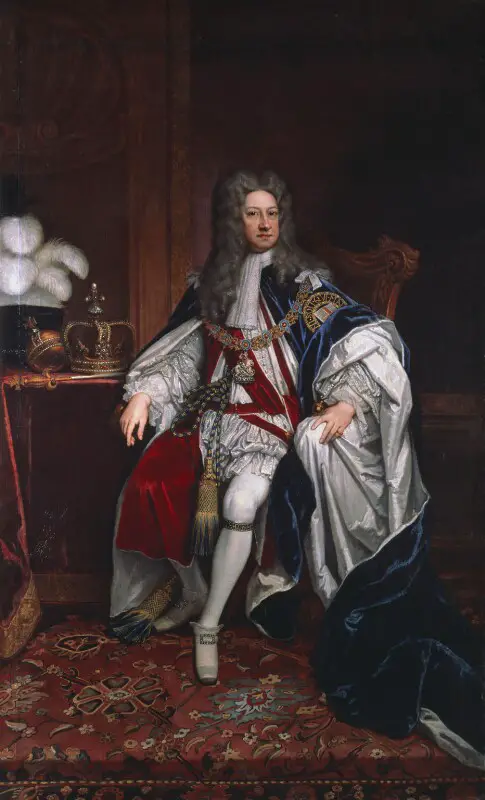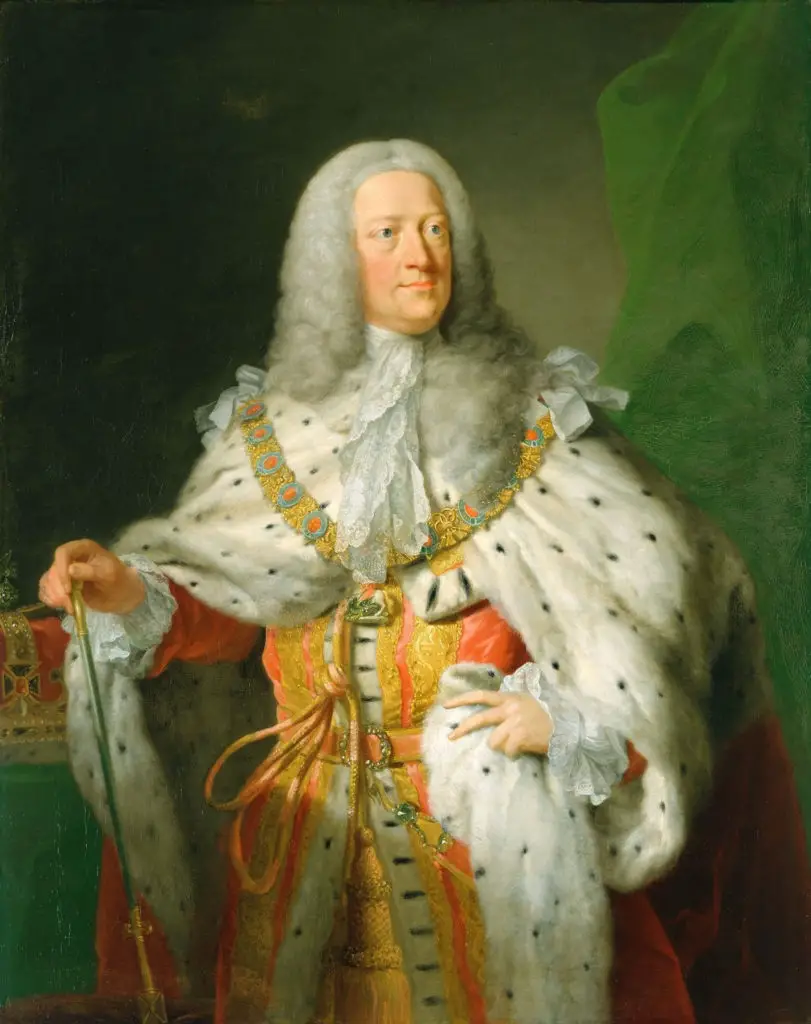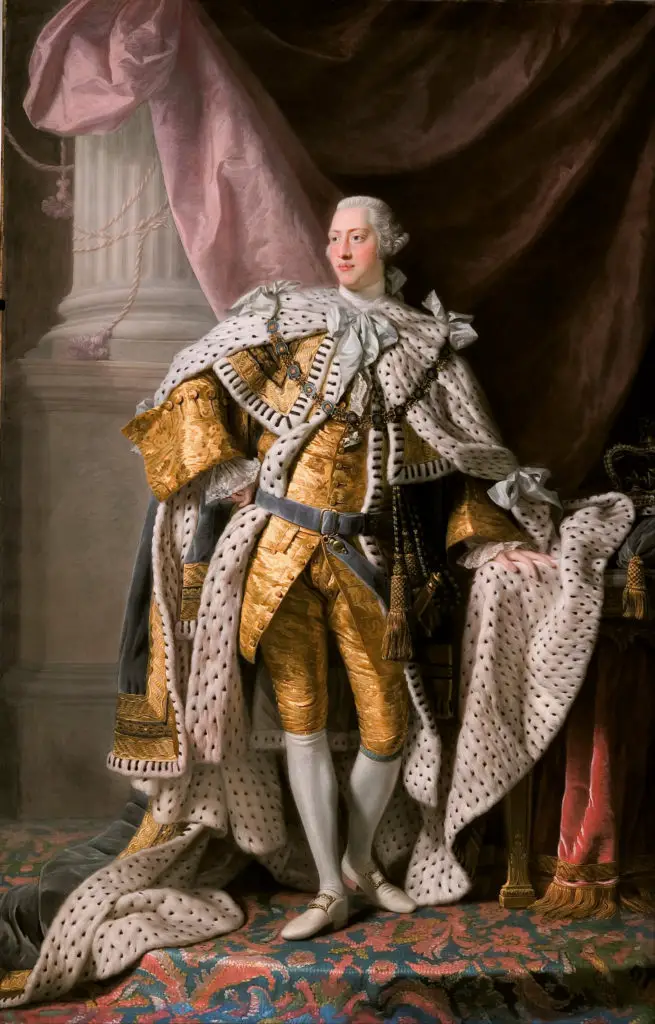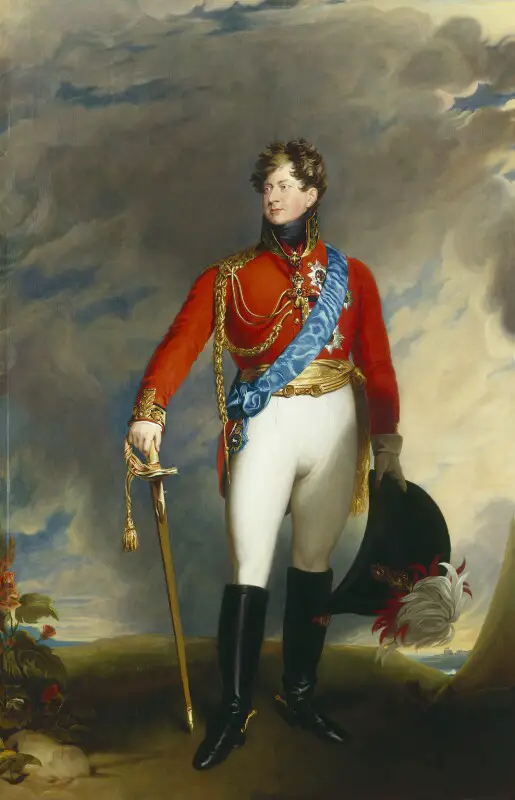The Georgian Era of English history began when King George I took the throne in 1714. He was succeeded by King George II, III and IV, consecutively. The period ended after the death of King George IV in 1830 and is remembered as one of the times when Britain experienced growth- economically, politically, socially as well as technologically.
King George I was the first Hanoverian ruler who took the throne of Britain and German was his first language. His succession to the throne marks a period of transformation in the English society for a number of reasons. His successors carried on with his ideals and took the legacy of the family further.
The Reign of King George I

King George I or George Ludwig was born in Hanover in 1660 in a Protestant family. His cousin Anne was the Queen of Great Britain before him but had no living children to take the throne after her. She was also very close to many of her cousins and nephews, but none of them could succeed her because of their Catholic beliefs.
As a result of the political situation and the personal crisis of Queen Anne, her cousin George I took the throne of Britain after her death, being her closest Protestant relative. He was born into a family of rulers and had inherited a lot of land and property from his fathers and uncles at the time of his birth. Besides, his marriage with his cousin, Sophia Dorothea of Celle, had also brought him immense wealth.
When the health of Queen Anne started to decline, she began looking for her heir in order to avoid the fall of the kingdom she had reigned over. The claim was held by King George I and the Stuarts. However, much before her death, Stuarts were eliminated and in 1710, King George was announced as the official successor to her. Finally, when she died in 1714, he was crowned as the king with mild opposition.
King George I gained success and reputation during his tenure as a king. He fought many battles and also passed a number of regulations that altered the political structure of Britain. He developed a cabinet of ministers and gave them power and authority to make a number of decisions. Finally, in 1727, when he was traveling to his hometown Hanover, he died of a stroke on the way.
The Reign of King George II

During his life, King George II was divorced with his wife after she was accused of committing adultery. However, she has already had children with King George I and when he died in 1727, his eldest son George Augustus was crowned as the ruler of Britain.
Just like his father, George II was also born in Hanover, Germany. Due to his humble origins, he had exposure to the political atmosphere of Germany from a very young age. He also had learned a number of languages as a child, including French, German, Latin and English. When he was a very young boy, his mother was accused of adultery and he, along with his sister, was left in the care of his father.
Due to his bad experience at an arranged marriage, King George I wanted his son to get into a meaningful marriage. As a result, he was married to Caroline of Ansbach in 1705. The couple had a son and three daughters and were very fond of them. After being elected the king, he continued working with Walpole, who was elected as the Prime Minister by his father.
During his reign, King George II also fought a number of wars. He even became the last ruler of England who went to the battlefield himself. He lost his wife at an early age and was never in good terms with his son. However, he also died along with one of his sisters, which was not taken by his father very positively.
Finally, in 1760, King George II also passed away during his morning routine. He was 77 years of age and was facing troubles with his eyesight and hearing during that time.
The Reign of King George III

When King George II died, his eldest son had already passed away. As a result, his grandson George William Fredrick took the throne in 1760 and became the famous King George III of Great Britain. Unlike his successors, he was born in England and spoke English as his first language. After the death of his father, he started to get the attention of his grandfather who crowned him Prince of Wales to strengthen his claim on the throne.
When King George III took the throne, he was a man of 22 years and still had not married. The search began more intensely for a suitable wife for him after he took the throne. Finally, he was married to Charlotte of Mecklenburg- Strelitz, a wedding that was arranged by his mother. Still, his marriage proved to be a success and the couple was blessed with fifteen children in total.
King George III was much more attached to England as compared to his successors. As a result, he ruled the country with utmost dedication and devotion. As a king, he fought a number of wars and lead his country to victory. Besides, he also passed a number of legislations that boosted the social growth of England and Ireland. Finally, it was in 1810 when he became very ill, struggling with blindness and mental illness. He spent the last years of his life in isolation and finally died in 1820 at the age of 81.
The Reign of King George IV

When King George III was suffering from mental illness, his eldest son George Augustus Fredrick was serving as Prince Regent. After his death, he became King George IV and was crowned as the monarch of the United Kingdom of England.
Unlike his father, King George IV was fond of a lavish lifestyle. He became popular for his gawdy dressing and taste for expensive items. He inherited a lot of wealth from his father and spent most of it on himself. At the age of 21, he married a commoner Maria Fitzherbert against the law as well as the wishes of his family, while his father was already alive.
Due to his extravagant lifestyle and the deteriorating health of his father, King George IV was under a lot of debt. His father extended help to him on the condition that he will marry Caroline of Brunswick. The couple married and a daughter was born to them within a year. But, the marriage was dissolved due to the differences between the couple. During his life, he also had a number of mistresses and is believed to have a number of illegitimate children as well.
When he became the king, George IV was 57 years old. Besides, his lifestyle had degraded his health and he was obese and alcoholic when he took the throne. Even though he had similar political responsibilities even after being crowned as he had before them, the newly acquired power could not force him to change his lifestyle.
He spent his last few years in bed, struggling from obesity and becoming addicted to laudanum, which he took to soothe his internal pains. However, the drug left his mentally impaired and affected his physical health as well. Finally, in 1820, he passed away, leaving no heirs to the throne. Consequently, with his death in 1830, the Georgian Era also came to an end.